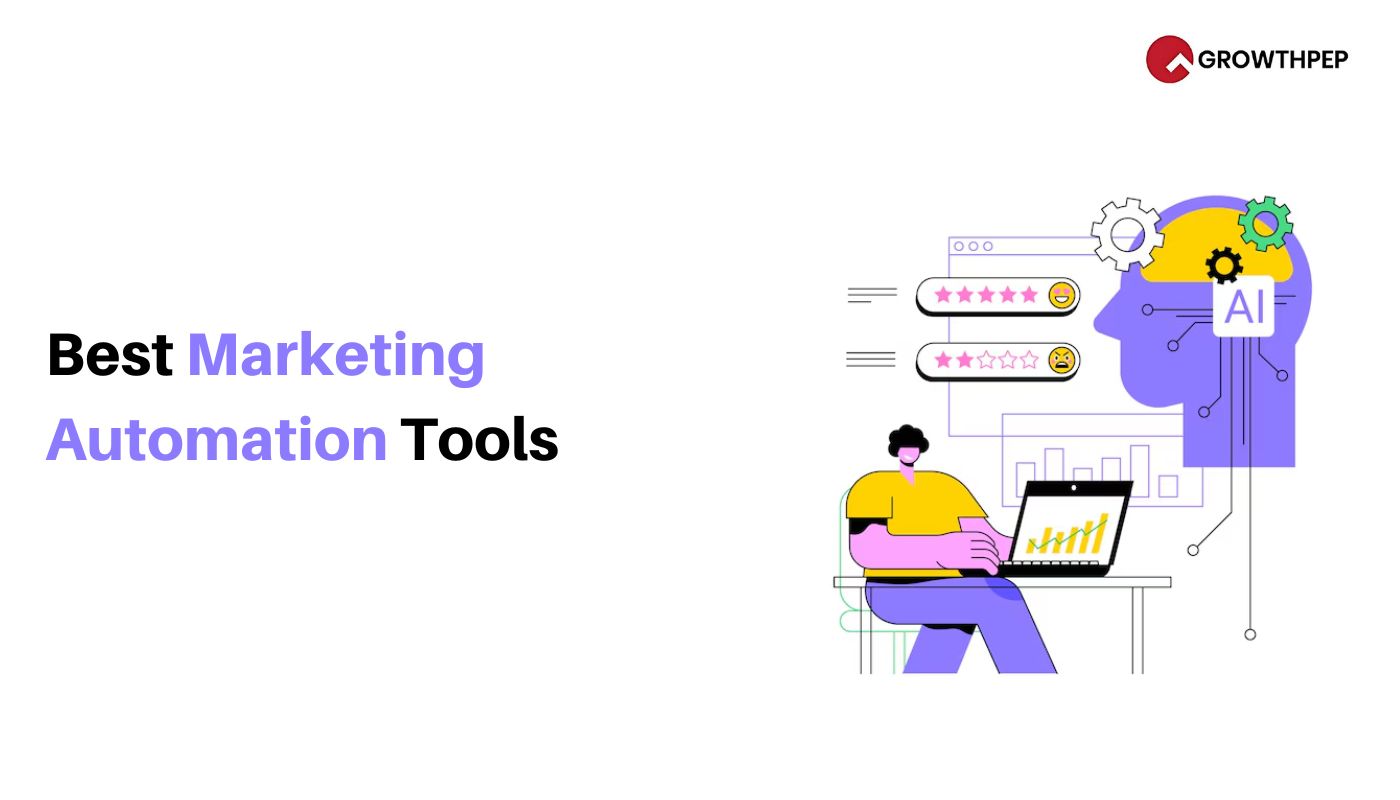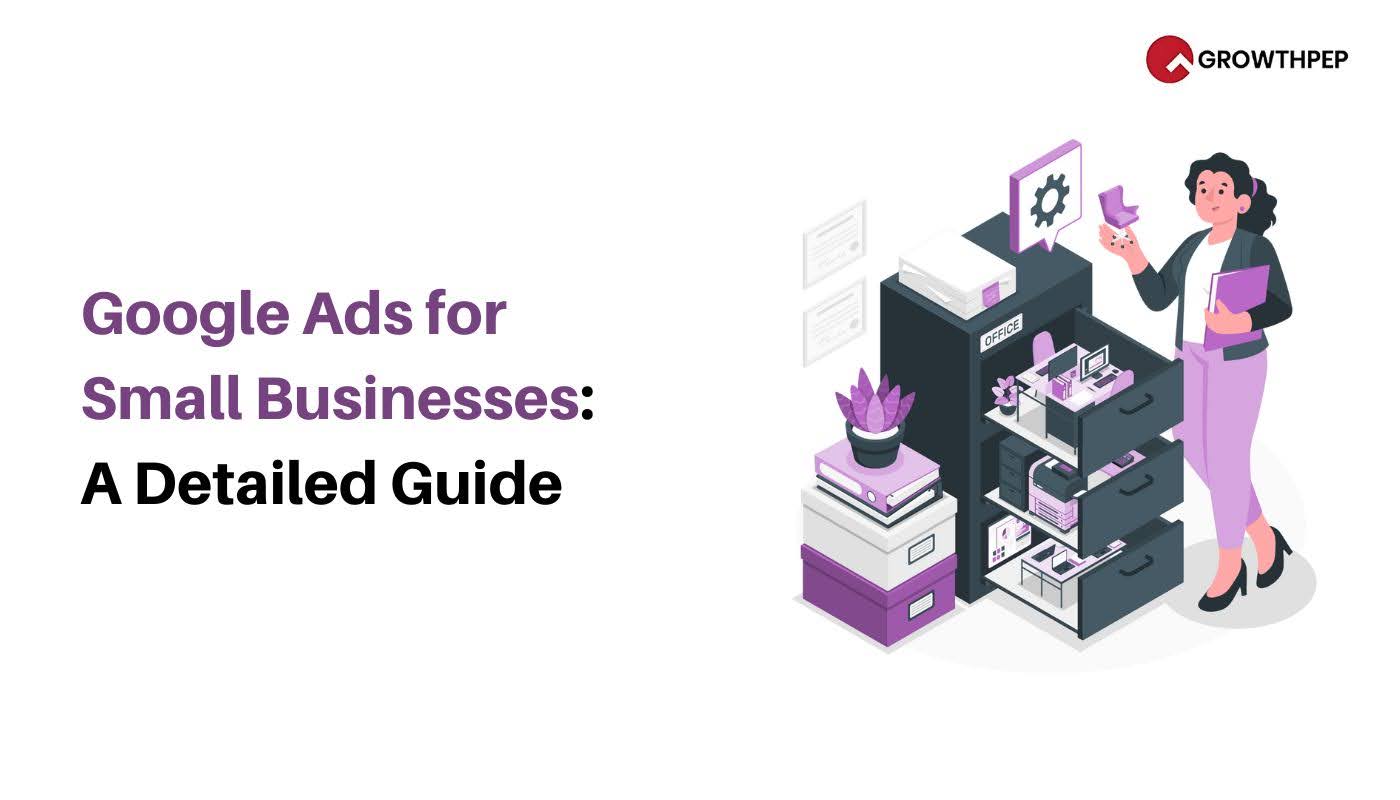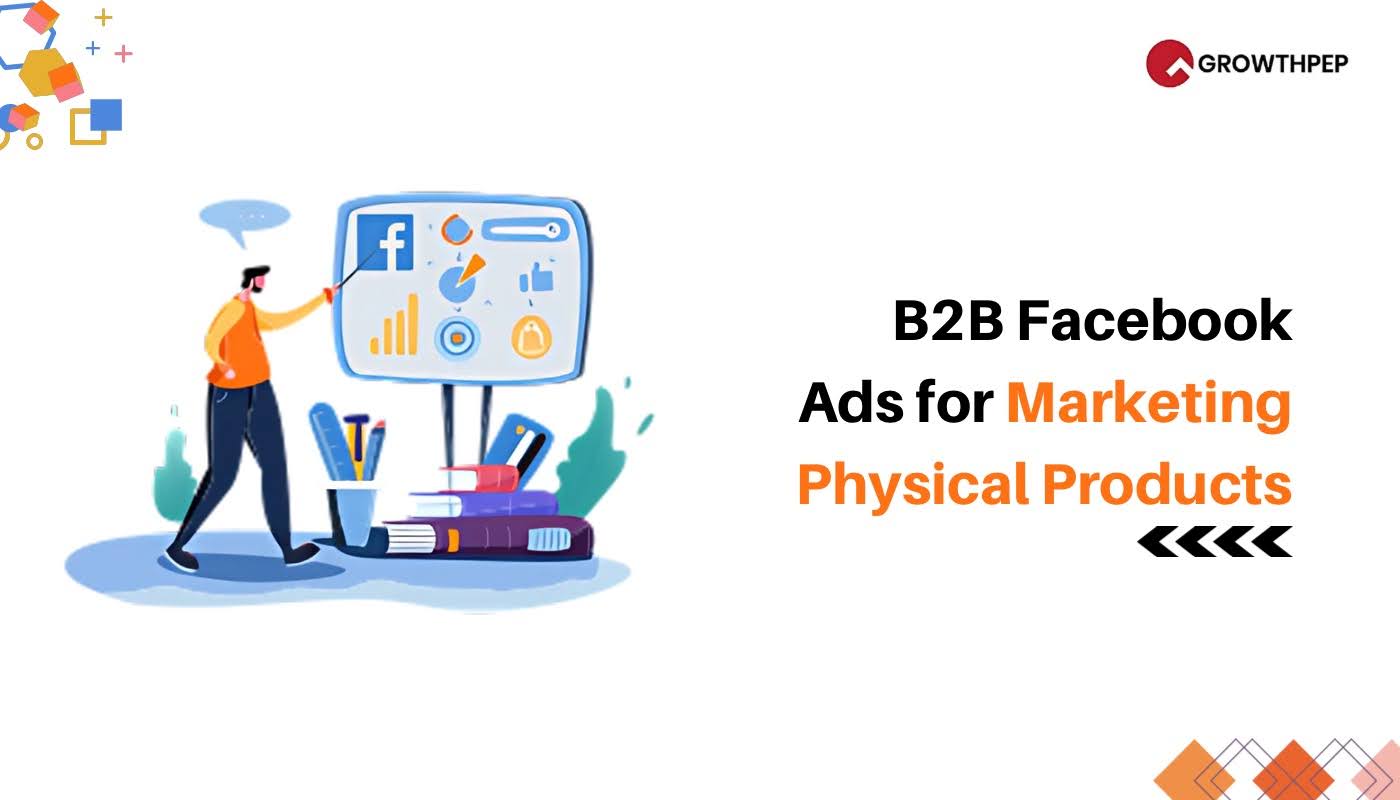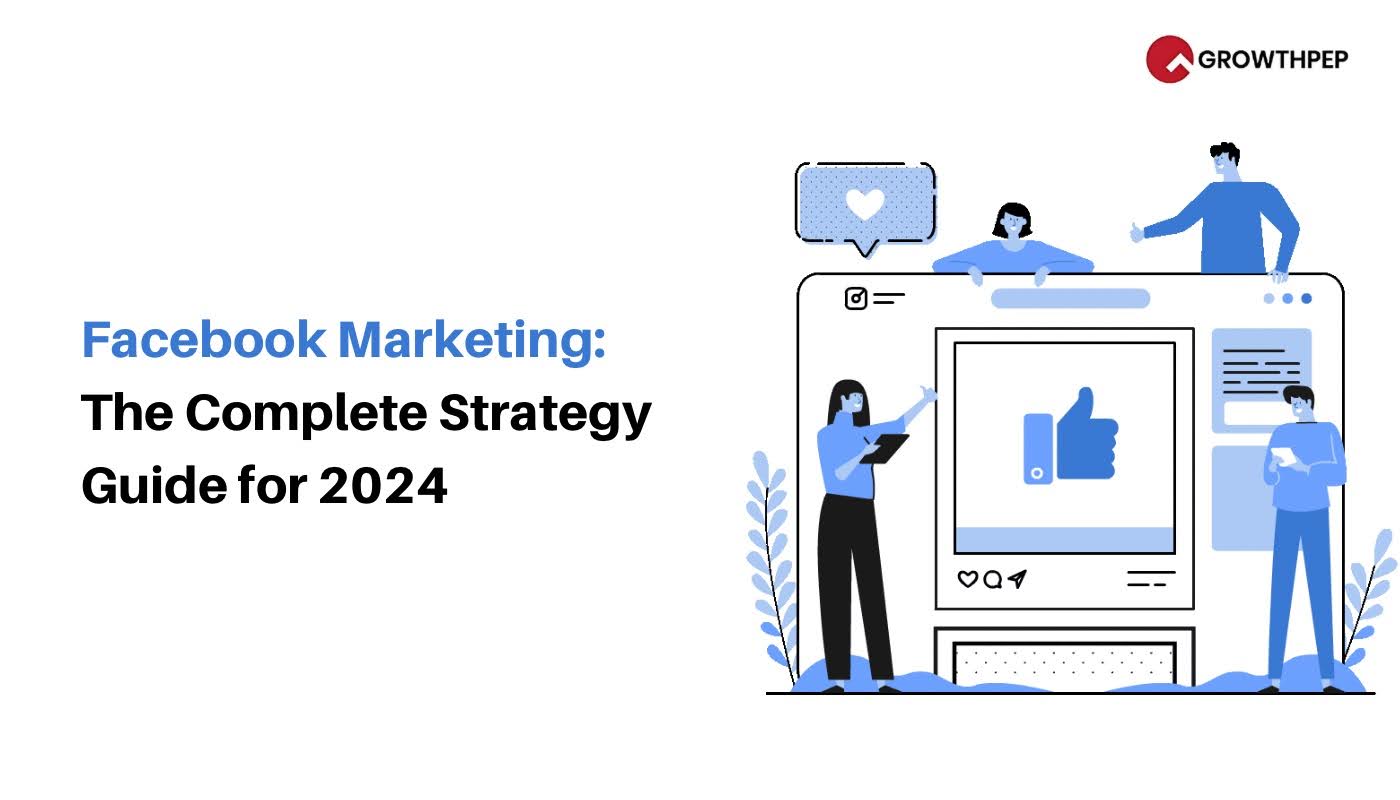Comparing Google Ads and Facebook Ads: Which Is the Right Solution?
Feeling as torn as a kid in a candy store choosing between chocolate and gummy bears? Let’s find out if you should be clicking your way to success with Google Ads or scrolling in style with Facebook Ads!
Businesses must carefully decide where and how to allocate their advertising budgets. Two of the most prominent platforms, Google Ads vs Facebook Ads, have emerged as the go-to choices for companies looking to scale their digital marketing efforts. Both platforms offer unique benefits but differ significantly in targeting, ad formats, and audience engagement.
Digital advertising is no longer a one-size-fits-all approach. With the rise of sophisticated online platforms, businesses have more targeted ways to reach their audiences. Google Ads vs Facebook Ads is a common debate among marketers, and each platform has distinct advantages. Google Ads excels at capturing high-intent searchers, while Facebook Ads targets users based on social interactions and behaviours.
This blog provides a detailed comparison of Google Ads vs. Facebook Ads, helping you decide which platform best aligns with your business needs and marketing goals. Let’s dive into a comprehensive analysis to help you navigate this important decision.
Overview of Google Ads and Facebook Ads
To begin with, it’s essential to understand the core functionalities of Google Ads vs Facebook Ads.
Google Ads is a pay-per-click (PPC) advertising platform where businesses bid on specific keywords to show their ads to users actively searching for products or services. Google Ads allows businesses to display their ads across Google Search, YouTube, and millions of websites in Google’s Display Network.
In contrast, Facebook Ads target users based on their behaviours, demographics, and interests as they scroll through social media platforms like Facebook and Instagram. Facebook Ads offer visually engaging ad formats, making it a perfect platform for businesses aiming to build brand recognition or engage with a broader audience.
Both platforms are powerful but cater to user engagement and intent.
So, how do these two giants stack up against each other?
Also Read: Performance Marketing Strategies in E-commerce 2024
Difference Between Google Ads vs Facebook Ads
The choice of platform depends mainly on your business’s specific goals, budget, and target audience. Let’s discover the fundamental differences between Google Ads and Facebook Ads.
| Aspect | Google Ads | Facebook Ads |
| Targeting | Keywords and search terms | Interests, demographics, and behaviours |
| Ad Format | Text-based, Shopping Ads, Video Ads | Visual-centric (Images, Videos, Carousels) |
| Audience Intent | Active intent (people searching for solutions) | Passive intent (scrolling through social feeds) |
| CPC (Cost-per-click) | Higher average CPC | Lower average CPC |
| Ad Placement | Google Search, Display Network, YouTube | Facebook, Instagram, Messenger |
| Tracking and Analytics | Advanced tracking with Google Analytics | Detailed social behaviour insights via Pixel |
| Best For | High-intent traffic, e-commerce, B2B | Brand awareness, B2C, community engagement |
Now, let’s break down how both of these work. First Google Ads.
How Google Ads Work
Google Ads operates on a PPC (pay-per-click) model, where businesses bid on specific keywords and only pay when users click on their ad. When users type a search query into Google, the platform runs an auction based on the advertisers’ bids and relevance scores. The auction winners have their ads displayed at the top or bottom of the search results page.
In addition to search ads, Google Ads offers display ads that appear on websites across Google’s Display Network and YouTube ads that can reach billions of users worldwide.
Google Ads provides numerous targeting options, including by location, language, device type, and time of day, enabling businesses to fine-tune their reach. Google Ads vs Facebook Ads stand out regarding user intent, as Google captures individuals actively searching for specific solutions, leading to higher conversion rates.
Examples of Successful Google Ads Campaigns
Successful Google Ads campaigns demonstrate effective strategies that capture attention, convey value, and drive conversions. Here are notable examples from various industries:
1. Stealing Competitor Traffic (HoneyBook)
Ad Strategy: HoneyBook effectively bids on FreshBooks’ branded keywords in a witty, tongue-in-cheek way. Instead of being sneaky about bidding on a competitor’s name, the ad openly acknowledges this tactic, adding a layer of humor and transparency.
Why It Works: The ad leverages site links to take up more space in search results, which helps push down competitors’ ads and provides HoneyBook with more real estate to highlight its features. It’s an effective way to capture traffic from users looking for a competitor while maintaining brand personality.
Steal This Strategy:
- Bid on competitors’ brand names cautiously, acknowledging the tactic upfront to avoid backlash.
- Use site links to optimise ad space and highlight additional value points about your brand.
2. Stealing Back Competitor Traffic (Semrush)
Ad Strategy: Semrush bids on alternative searches such as “Semrush Alternatives,” knowing users are in the consideration phase of their buying journey. The ad focuses on promoting Semrush’s unique features, explaining why it is a better choice compared to alternatives.
Why It Works: By targeting high-intent keywords like “Semrush alternatives,” the ad reaches users who are already comparing solutions and are closer to conversion. The landing page reinforces this with detailed benefits over competitors.
Steal This Strategy:
- Target comparison-focused keywords like “[brand] alternative” or “[brand] vs [competitor].”
- Use the ad copy and landing page to explain why your product stands out against the competition.
3. Putting Your Best Foot Forward (Wix)
Ad Strategy: Wix positions itself as an industry leader by targeting high-traffic keywords such as “best website builder” and using the ad copy to communicate its top-tier status.
Why It Works: By positioning themselves as the best, Wix capitalises on the high search volume and intent behind the keyword. The use of robust and authoritative language boosts their credibility.
Steal This Strategy:
- Include authoritative phrases like “best” or “industry-leading” in your ad copy.
- Optimise sitelinks to highlight your product’s most popular features or unique selling points (USPs).
4. Using Social Proof (Botify)
Ad Strategy: Botify uses a short, impactful mention of social proof in its ad, stating that it’s “Trusted by the largest brands,” which quickly establishes credibility and trust in the brand. The subheading focuses on the core benefits of the product.
Why It Works: Social proof is a powerful persuader, and even a brief mention, like “Trusted by 8,000 companies,” can create a sense of trust among potential customers. The simplicity of the ad avoids overwhelming users, leading them to click through for more details.
Steal This Strategy:
- Use brief but effective social proof, such as “Used by top brands” or “Trusted by thousands,” to quickly build trust.
- Follow up on your landing page with more specific testimonials or reviews.
- Utilise Google’s seller rating extension to display star ratings in the ad for added credibility.
5. Focusing on Search Intent (Plumber Pros)
Ad Strategy: Plumber Pros targets users with emergency plumbing needs by focusing their ad on transactional search intent. The ad emphasises 24/7 availability and same-day service, both of which cater to urgent customer needs.
Why It Works: The ad addresses the immediate concern behind the search, such as “plumbers near me,” by highlighting quick and reliable service. This kind of intent-based marketing meets the needs of users in real-time and drives conversions.
Steal This Strategy:
- Align your ad copy with the search intent behind the keyword.
- For transactional intent, focus on immediate, actionable benefits like fast service or special deals.
- Use specific call-to-action language to push users toward quick conversions, such as “Call Now” or “Get Help Today.”
Next, we’ll know how Facebook Ads work.
Also Read: Strategies for Lead Generation in Digital Marketing
How Facebook Ads Work
Facebook Ads, on the other hand, leverages user data to serve highly targeted ads based on demographics, behaviours, and interests. Unlike Google, where specific search queries trigger ads, Facebook’s algorithm delivers ads based on the user’s activity on the platform. This could include pages they’ve liked, posts they’ve interacted with, and websites they’ve visited.
Facebook ads appear in various placements, including news feeds, Instagram accounts, and Messenger accounts. Businesses can choose from multiple ad formats, including images, videos, carousels, and stories. Facebook Ads also supports retargeting, enabling advertisers to reach users who have previously visited their website but didn’t complete a purchase.
The targeting in Google Ads vs Facebook Ads differs significantly. While Google is keyword-driven, Facebook excels in interest-based targeting, making it a powerful tool for building brand awareness and engaging with potential customers.
Examples of Successful Facebook Ads Campaigns
Here are five types of successful Facebook ad campaigns based on the examples you provided, highlighting their key features and effectiveness:
1. Video Ad Campaign: SofaLush
Why It Works:
- Visual Appeal: SofaLush uses a captivating video to demonstrate how their product works. The disappearing pressure cooker adds a playful element, engaging viewers and increasing interaction in the comments.
- Relevance: The ad targets potential customers who may be considering new furniture but aren’t ready to buy yet, offering a solution to extend the life of their current couches.
- Value Proposition: It emphasises the ease of transforming existing furniture into something stylish with minimal effort, addressing a common consumer need.
- Call to Action (CTA): The ad encourages users to “shop now” and explore over 150 designs, creating urgency and driving traffic to their website.
2. Photo Ad Campaign: Lume Deodorant
Why It Works:
- Visual Impact: Lume uses vibrant colors to guide attention to key information, like its product’s unique selling point of blocking odor before it starts. The smiling model adds a relatable touch to the image.
- Relevance: The ad taps into an ongoing trend towards natural, aluminum-free deodorants, which resonates with consumers researching healthier skincare alternatives.
- Value Proposition: It highlights that their product solves common issues with other organic deodorants, such as ineffectiveness or causing rashes, making it an attractive option.
- Clear CTA: By inviting users to click “Get Offer” for a starter pack, the ad reduces hesitation for those unfamiliar with the product, encouraging conversions.
3. Event Ad Campaign: Amazon
Why It Works:
- Visual Design: The warm colors, larger image format, and directional lines draw attention to the featured product — a self-cleaning litter box — in a clean and spacious layout.
- Relevance: The ad is highly targeted, catering to cat owners who may be interested in convenient pet care products. Its timing during Black Friday also enhances its relevance.
- Value Proposition: The ad emphasises the product’s high rating and convenience for cat owners, with the promise of a time-sensitive deal prompting urgency.
- Strong CTA: The ad’s “Click Now” instruction creates a sense of immediacy, compelling users to take action before the offer expires.
4. Retargeting Ad Campaign: Winc Wine Subscription
Why It Works:
- Visual Simplicity: Winc keeps the visual clean and appealing, showcasing the product in a straightforward manner that resonates with wine lovers.
- Relevance: The ad is retargeted to individuals who have shown interest in wine-related content, ensuring that it’s directly aligned with their preferences.
- Value Proposition: The offer of three bottles for $19 is incredibly attractive, and a discount on the first order makes the deal hard to resist for wine enthusiasts.
- Compelling CTA: The word “Get” is used twice to prompt immediate action, while the value-driven offer further nudges the audience towards purchasing.
5. Multi-Product Ad Campaign: Shutterfly
Why It Works:
- Visual Cohesion: Shutterfly’s ad uses a consistent color palette across different product images, creating a visually harmonious and on-brand experience.
- Relevance: The ad targets users who enjoy capturing life moments, such as graduations, and transforming them into personalised gifts, which resonates with a sentimental audience.
- Value Proposition: The 50% discount makes the ad valuable. It also showcases various personalised products, encouraging users to explore different gifting options.
- Compelling CTA: With the deal expiring on a specific date, the CTA encourages users to act quickly, driving urgency and click-throughs.
These examples illustrate a variety of Facebook ad strategies that combine visual appeal, relevance, clear value propositions, and effective CTAs to drive successful campaigns. Each approach is tailored to its target audience, ensuring maximum engagement and conversion rates.
Now, let’s break down the strengths of each platform individually. We are starting with Google Ads.
Strengths of Google Ads
Regarding digital advertising, Google Ads stands out due to its unparalleled ability to capture users with high purchase intent, vast reach, and robust tools for optimisation. Below are some of the key strengths that make Google Ads a powerful advertising platform for businesses:
1. High-intent targeting: Capturing users actively searching
One of Google Ads’ most significant advantages is its ability to capture high-intent users actively searching for products or services. This leads to more qualified traffic and, ultimately, higher conversion rates. Users clicking on Google Ads are often closer to purchasing, which is why businesses experience better ROI from search ads.
2. Expansive reach through Google’s network
Google’s extensive reach spans its search and display networks, which include millions of websites, apps, and even YouTube. This vast network allows businesses to target users across multiple platforms, providing significant exposure for brands seeking to increase visibility.
3. Diverse ad formats and targeting options
Google Ads offers various ad formats to suit different goals, from search ads focusing on text to shopping ads with product images and descriptions. Additionally, Google’s targeting options include geographic location, device type, and even specific times of the day, enabling advertisers to reach their ideal audience more effectively.
4. Robust analytics and tracking capabilities
Google’s integration with tools like Google Analytics provides advertisers with powerful insights into user behaviour, ad performance, and conversion tracking. These advanced analytics enable businesses to optimise their campaigns and make data-driven decisions.
Next, let’s look into Facebook ads.
Also Read: Understanding the Basics of Google Ads and PPC Marketing
Strengths of Facebook Ads
Facebook Ads is a highly effective platform for businesses aiming to engage with users in a social environment through visually compelling and highly targeted advertisements. It excels in delivering personalised ad experiences to a broad yet segmented audience. Here are some of the strengths that make Facebook Ads a powerful tool for businesses:
1. Granular targeting based on user interests and behaviour
Facebook Ads is unmatched when it comes to granular targeting. With access to vast user data, Facebook allows advertisers to pinpoint their audience based on interests, behaviours, age, gender, location, and more. This means businesses can create highly personalised ad experiences that resonate deeply with their target audience.
2. Visual ad formats for higher engagement
Facebook is inherently a visual platform, and its ad formats reflect that. With the ability to run image-based ads, videos, carousels, and stories, advertisers can create visually appealing content that captures users’ attention in their news feeds. Engaging visuals often leads to higher click-through rates and conversions.
3. Cost-effectiveness with lower average CPC
When comparing Google Ads vs Facebook Ads, one clear advantage of Facebook is its relatively lower cost-per-click (CPC). This makes it an attractive option for businesses with smaller advertising budgets. The lower CPC allows businesses to run effective campaigns while keeping costs manageable.
4. Detailed performance reports
Facebook’s ad platform offers detailed reports that allow advertisers to track metrics such as reach, engagement, and conversion rates. By implementing Facebook Pixel, businesses can also monitor the behaviour of users who visit their website after interacting with an ad, providing valuable insights into the customer journey.
With these insights, let’s discuss choosing the right platform for your business.
Also Read: Understanding What Marketing Funnels Are and How They Work
How to Choose the Right Platform
Deciding between Google Ads vs Facebook Ads depends on various factors, such as your business objectives, target audience, and available resources. Both platforms offer unique strengths, and the right choice can significantly impact the success of your campaigns. Here are some key considerations to help you choose the most suitable platform for your business:
1. Considerations
When deciding between Google Ads vs Facebook Ads, your business goals and audience should be the primary factors. If you’re looking for immediate sales or high-intent traffic, Google Ads is a strong choice. However, if your objective is to build brand awareness or engage with potential customers in a social environment, Facebook Ads may be the better option.
2. Budget and cost-effectiveness analysis
Facebook Ads generally have a lower CPC, making them more budget-friendly for small businesses or startups. However, Google Ads may offer a higher ROI for specific industries where search intent is critical, such as B2B services or e-commerce. When choosing between these platforms, it is essential to assess your budget and desired outcomes.
3. Creative resources and ad format preferences
If your business can access high-quality visuals and creative resources, Facebook Ads may be the best platform to showcase your brand. If you prefer straightforward text-based ads targeting users actively searching for your products or services, Google Ads offers a more concise, direct approach.
Conclusion
When comparing Google Ads vs. Facebook Ads, it’s clear that each platform offers unique advantages. Google Ads is perfect for capturing high-intent traffic, while Facebook Ads drive brand awareness and audience engagement through visually compelling content.
However, you don’t have to choose between the two. A combined strategy that leverages both platforms can maximise your reach, engaging potential customers at every stage of their buyer’s journey.
At Growthpep, we specialise in crafting tailored, ROI-driven marketing strategies that combine the power of both Google Ads and Facebook Ads. Whether you’re looking for effective social media marketing, search engine marketing, lead generation, or e-commerce sales, our team is dedicated to scaling your business and driving measurable results.
Let us help you achieve your advertising goals by optimising your campaigns across these platforms.
Contact Growthpep today to supercharge your digital marketing efforts!







